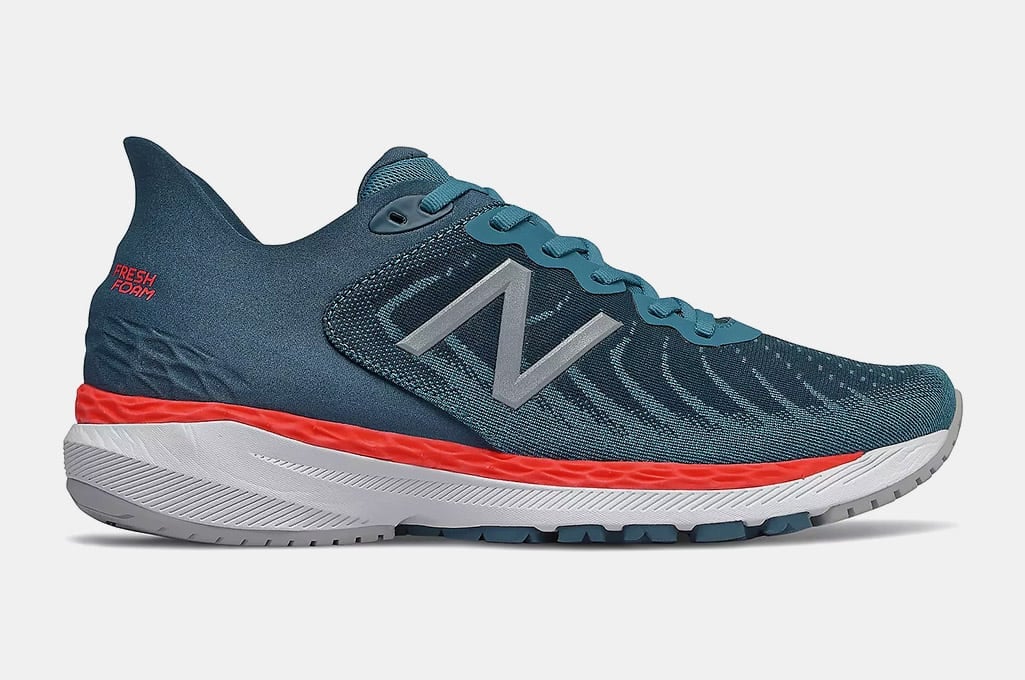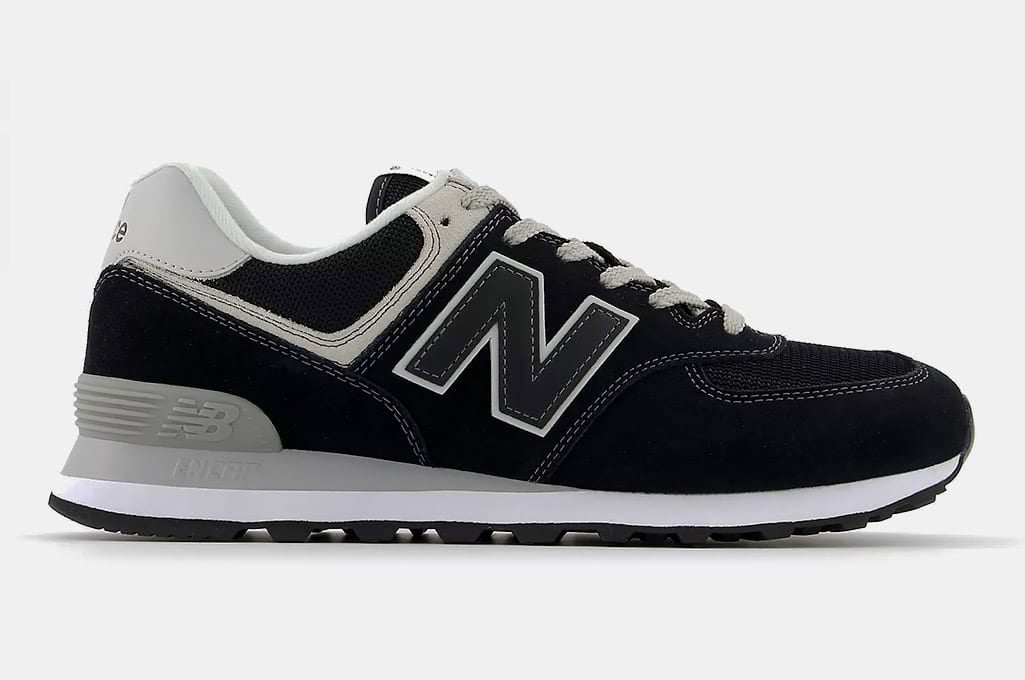X860v11 GTX. BB550. NM306L. If you’re new to the cult of New Balance shoes, their model and style numbers can sound more like an alien language than a naming system.
But look a little deeper under the hood, and there’s a method to the NB madness. In this quick guide, I’ll give you the lowdown on how to decipher everything you need to know about New Balance model numbers. By the time you’re finished reading, you’ll be able to pick shoes to your specific needs with no hesitation.
Dissecting the New Balance Model Number: Three Major Parts
New Balance has been using the same numbering system for their shoes for years, slowly but surely building up a catalog of styles to suit everyone. As their designs have progressed and new styles are introduced, model numbers have gotten higher and new technologies have been incorporated. So while it’s not guaranteed that a higher number equals higher tech shoes, that’s usually the case.
To diagnose the specifics of a New Balance shoe, you’ll need to look at three parts: The letters before the number, the last two digits of the number, and the letters after the number. Then there’s one more item to take into account for historical purposes, but we’ll get into that later.
The Letters Before the Number
Each one- or two-letter code before a New Balance shoe’s model number indicates the type of person and activity that it’s meant for. According to NB, those codes are as follows:
- MT = Men’s Trail
- WT = Women’s Trail
- MW = Men’s Walking
- WW = Women’s Walking
- MX = Men’s Cross-Training
- WX = Women’s Cross-Training
- MC/MCH/MCY = Men’s Tennis
- WC/WCH/WCY = Women’s Tennis
- US = Made in the USA
They also provide a few kid’s style codes:
- G = grade school
- P = preschool
- I = infant
- Y = youth (preschool and grade school)
But it’s worth pointing out that sometimes they will drop the M or W altogether. You’ll also find special codes, like “BB” for classic basketball shoes.
The Last Two Digits of the Number
As stated earlier, a higher total number generally means a more technologically advanced shoe. But it’s really the last two digits that you need to pay attention to when you’re looking for a new pair of shoes.
That’s because the last two digits specify the type of shoe, and what activities it’s best for. The second to last digit gives the general purpose of the shoe, while the last digit lets New Balance make multiple designs and aesthetics with similar purposes.

- 40 shoes are for control, with lots of comfortable cushioning and excellent stability. Great for people with knee and foot injuries since they provide a lot of support.

- 50 shoes are for fitness running. They’re made for indoor or outdoor workouts and have good responsiveness for quick moves.

- 60 shoes are for stability. They’re designed specifically to reduce pronation (turning in of the foot) and offer maximum cushion and support.

- 70 shoes are for light stability. They tend to fall somewhere between the designs of 50s and 60s, making them good for athletes who still need plenty of biomechanical support.

- 80 shoes are neutral. They’re meant for more minimalist runners, and have a lightweight design and construction.

- 90 shoes are for speed. They’re made for competitive runners and offer a snug fit and springy resistance.
As you can see, the lower numbers provide more on the stability end, while higher numbers are for sportier applications.
The Letters After the Number
The last few pieces of information that come after the numbers are quite simple: They indicate the main colors or materials the shoes come in. WB would indicate white and blue, BK is for black, and something like GTX lets you know that it’s made with Gore-Tex uppers.
What About That Lower Case v?
Take a look through the new balance catalog though, and you’ll see plenty of shoes with a lowercase v, like the Made in USA 990v5. That “v5” after the numbers means that the shoes have gone through five different versions, each with some improvements on the last generation.

In Conclusion: Picking Your New Balance Shoes
So how should all of this influence your choice of a new pair of NBs? Well, if you know that you need more stability, a lower numbered shoe is obviously for you. Faster and more athletic shoes have higher numbers. Then you can match that up with your preferred activity (trail, walking, cross-training) and any color you want. The result: Your perfectly matching New Balance shoe.
Disclosure: Clicking on these links and making a purchase may earn us a small referral fee, at no extra cost to you. Learn more here.


